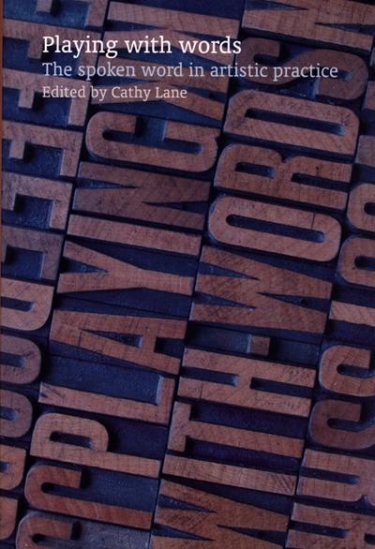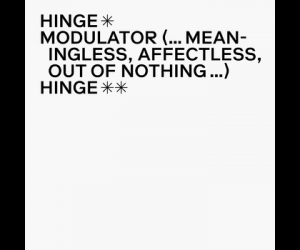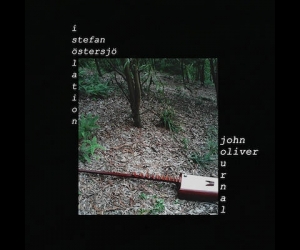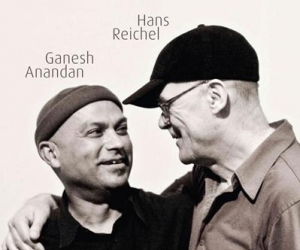
“There are no more powerful things in the world than words,” says Laurie Anderson in an interview with editor Cathy Lane in Playing With Words, where the primacy of language in art and politics is discussed in a clear and compelling manner.
With over thirty-five artist contributors at various stages in their careers, Playing With Words tours the art of spoken word, reflecting its diversity in media and form, including poetry, composition, improv, installation, online and radio works, and graphic scores. The read becomes even more engaging and exciting when one follows the included URLs. For example, it is possible pick up on the path of a seminal work like Schwitters’ sound poem Ursonate performed by contributors Jaap Blonk and Tomomi Adachi at: <http://www.poetryfoundation.org/harriet/2007/03/9-versions-of-kurt-schwitters’-”ursonate”/>.
Playing With Words appears to be a labour of love for all that it showcases. There are, nonetheless, worthy artists who are not showcased, such as Kenneth Goldsmith and Christian Bök.
In diverse ways, some of the most exciting writing in Playing With Words can be multidimensional in its ability to transport or supplant the reader. Leigh Landy, in his contribution, “Re-composing Words,” cites the influence of recycling sounds and of Duchamp’s view that “Art is what happens when you take an object out of context and give it a new thought.” Contributor Brandon LaBelle does exactly this in his brilliant, poetic tribute to French writer and political activist Jean Genet. He says, “I am fixated on the idea or the image of Genet as a sound poet.” In unpacking the notion, LaBelle celebrates ambiguity in Genet’s work as “erotic manipulation and imagination,” and refers to Paul Carter’s work: “listening, as a communicational device, incorporates the pleasures and potentiality inherent to ambiguity: the ambiguous carries a sense of the erotic, as it imparts flexibility and surprise to semantic meaning, prolongs the moment between sound and sense.”
Some other highlights include John Wynne’s discussion of the colonial impact on Native tongues; Michael Vincent’s exploration of Franglais in Quebec; and Lars-Gunnar Bodin’s text-sound composition, as it is introduced with a discussion of musical quotations and is filled with the language of comic strips. Fascinating histories and current approaches abound in contributions from Joan La Barbara, Paul Lansky and Trevor Wishart.
Back in 1965, composer, poet, printer, and early Fluxus artist Dick Higgins wrote, “Much of the best work being produced today seems to fall between media” and this couldn’t be a more relevant statement on the breadth of activity written about in Playing With Words. Contributor and interdisciplinary artist Ansuman Biswas underlines the possibilities of the spoken word in art practices as mortar: “The voice is free, universally acceptable, portable, flexible and infinitely complex”.


